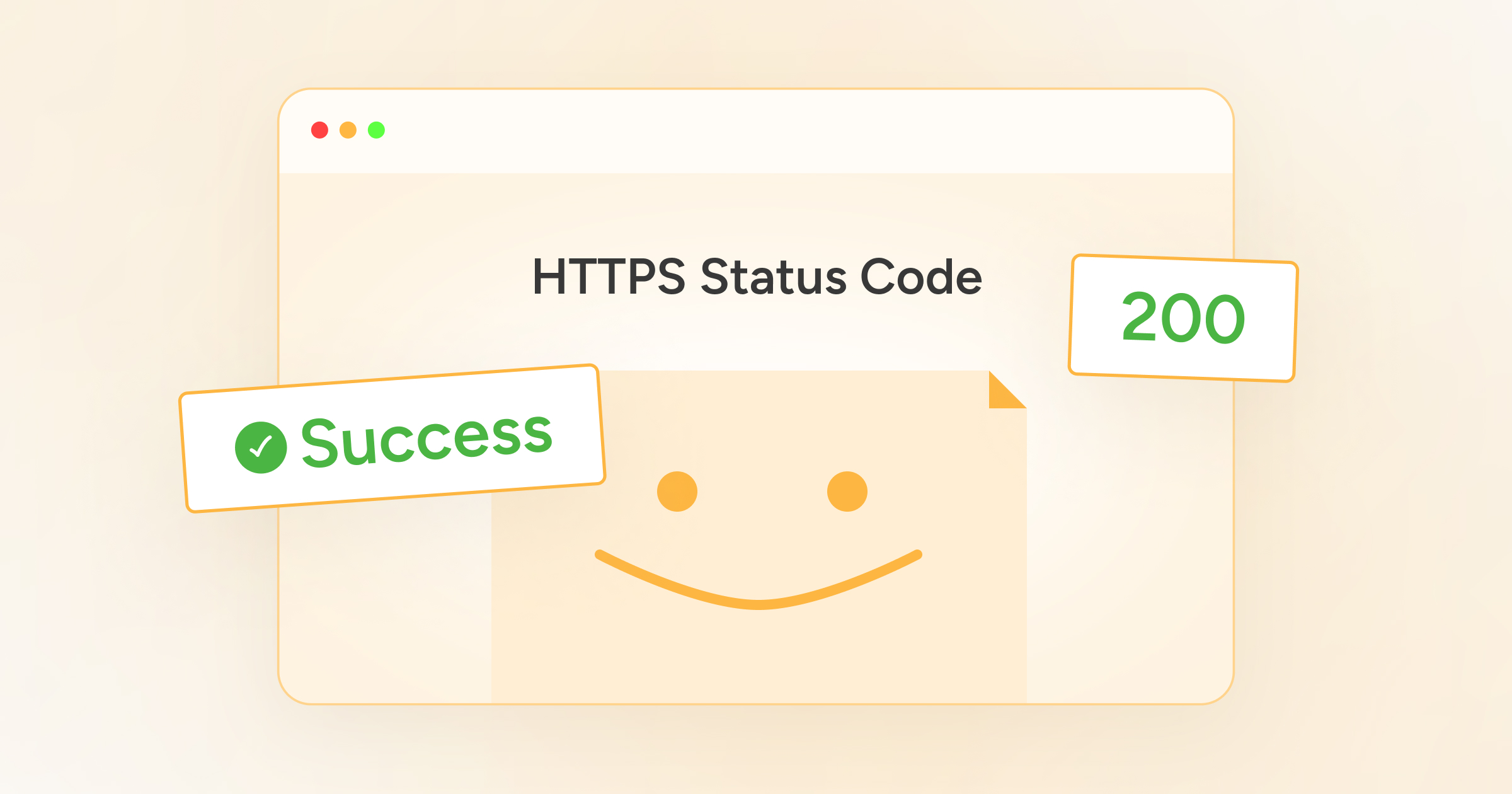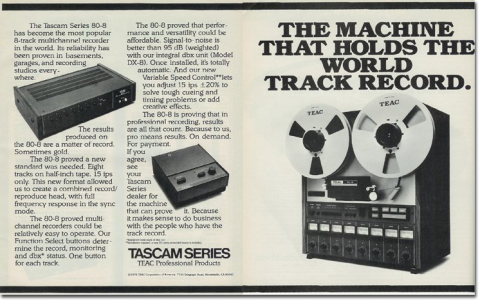So, I was messing around with my website the other day, trying to figure out why some pages were loading weird. I’m no tech wizard, but I’ve learned a few tricks over the years. One thing I always check is the “status code” of a webpage. It’s like a secret message the website sends back to your browser.
Digging into the Codes
To see these codes, I usually use the developer tools in my browser. Every browser has it – you usually just gotta right-click on a page and hit “Inspect” or “Inspect Element”. Then, you look for the “Network” tab. This shows you all the stuff happening behind the scenes when a page loads.
I started clicking around my site, watching the Network tab like a hawk. I saw a bunch of different codes pop up – some were 301s, some were 404s, but most of them were 200s.

The “200 OK” Revelation
I remembered reading somewhere that 200 is a good thing, but I wanted to be sure. So, I did a quick search and yep, I was right! A 200 status code means everything is A-OK. It’s the web server saying, “Hey, you asked for this page, and here it is, all good to go!”
Here is what I have learned about the 200 code:
- It’s a Success! It can be the most common code you’ll see.
- Everything Loaded Fine. The browser asked for something, and the server delivered it without any problems.
- Happy Browser, Happy User. When you see a 200, it generally means the page you’re looking at should be displaying correctly.
Once I saw those 200s, I knew the wonky loading wasn’t a major server issue. It turned out to be some messed up image sizes on my end. Easily fixed! But it was cool to confirm that my site, at its core, was communicating properly with browsers. It’s like the site giving a digital thumbs-up.


